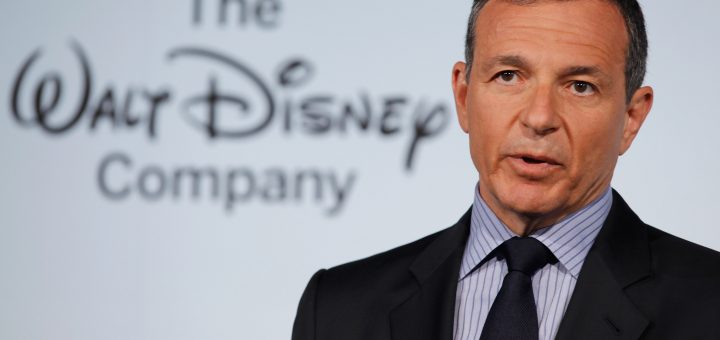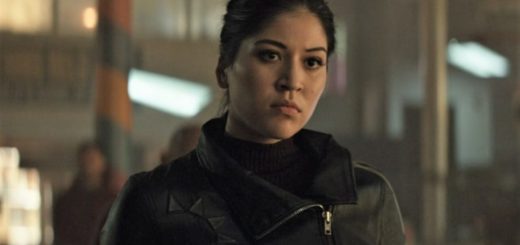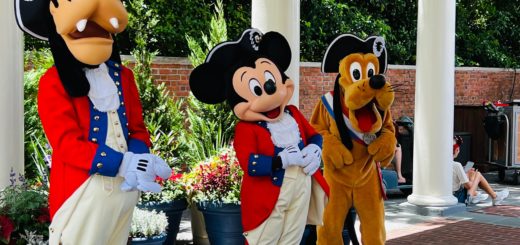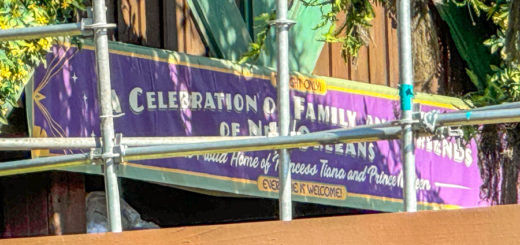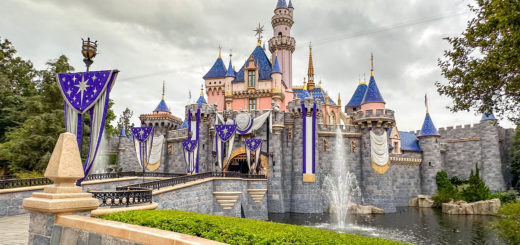Everything You Need to Know about Robert Iger’s Autobiography
Have you ever watched Slumdog Millionaire? The film details the unlikely series of events that enable a person with ordinary intelligence to win the grand prize in a quiz program. The explanation for his success isn’t cheating. Instead, it’s the main character’s life history that happens to mesh perfectly with the questions he gets asked on the show.
I thought about this movie while reading The Ride of a Lifetime, Robert Iger’s autobiography. In the book, Iger’s early experiences as a low-level Disney employee inform his later goals as the CEO of The Walt Disney Company. Here are my thoughts about Bob Iger’s memoirs.
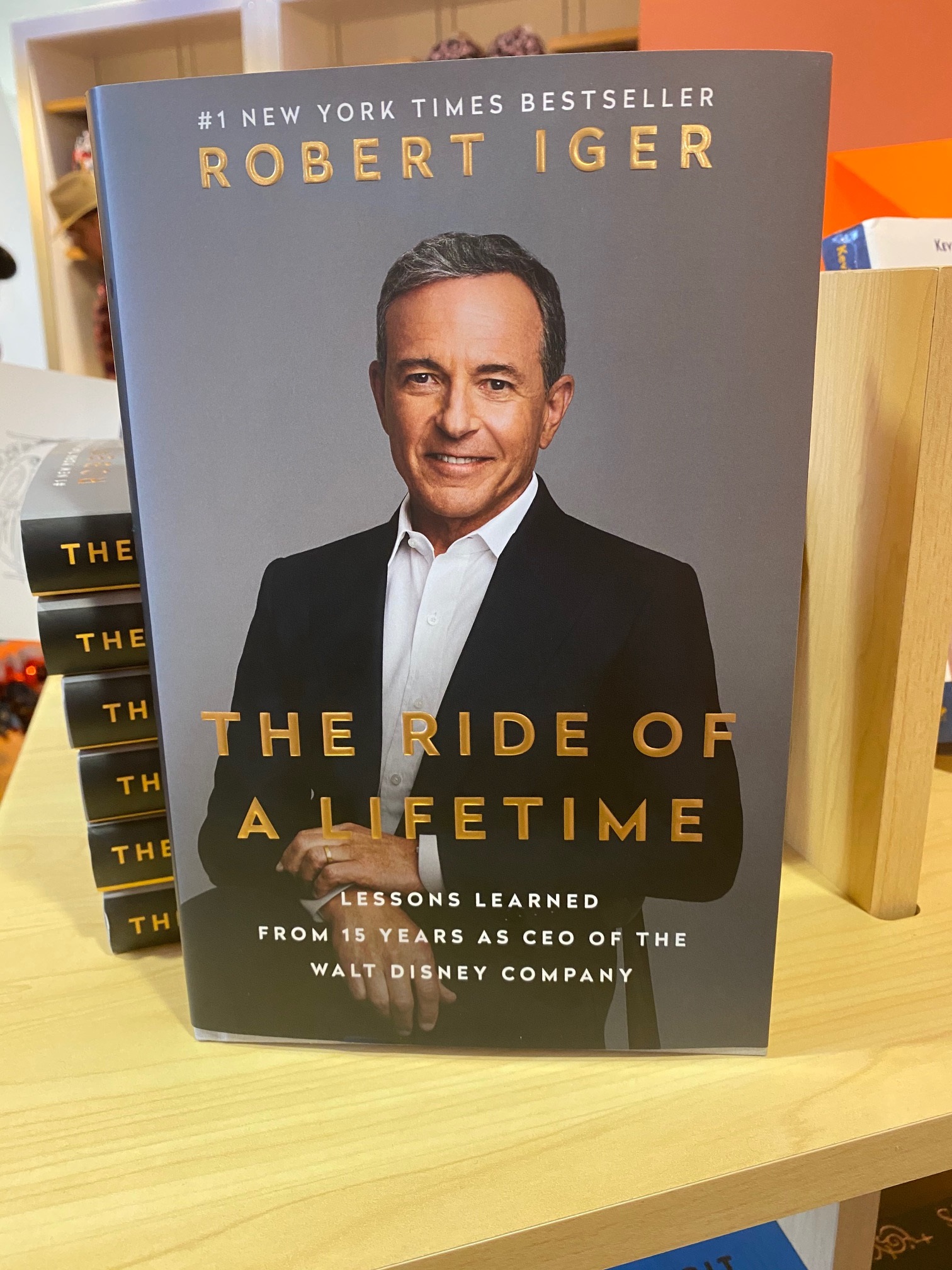
Hired Almost by Accident
The first remarkable revelation from Iger’s memoirs involves his hiring process. A sick family member had shared a hospital room with a pretentious man who wanted strangers to believe he was a powerful television executive.
Iger, like many people at the time, wanted to get into television. He asked for a job, which the sick, nearly blind man claimed he could get. When Iger showed up, the man’s fraud revealed itself. Still, he did manage to get the future CEO an interview in Production Services. Iger became a low-level studio supervisor, a kinder term for gopher.
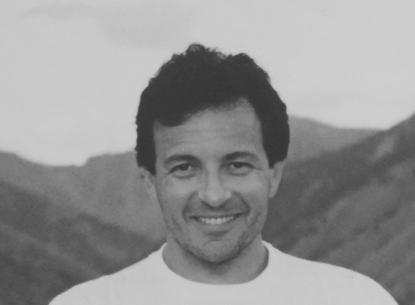

Photo: villageglobal.vc
These early days in “television” meant checking the air-conditioning, lighting, and catering. It wasn’t glamorous, but Iger’s days spent as a peon helped him understand how kind, nurturing bosses treat underlings.
The Roone Arledge Era
Iger’s big break started when he worked for legendary sports producer Roone Arledge. Back in the 20th century, this man towered over sports broadcasting as the greatest in his field. He turned Monday Night Football and the Olympics into appointment television, and he almost unintentionally mentored Iger.
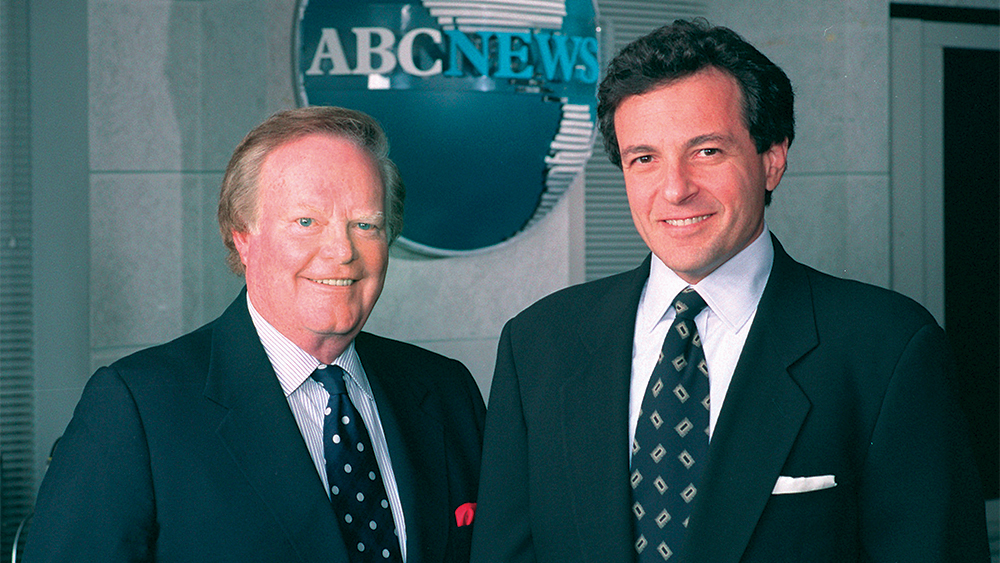

Photo: ABC
In his memoirs, the CEO sounds conflicted by their relationship. Arledge clearly wasn’t a kind man, demanding too much of his employees. The producer sought perfection and did whatever he deemed necessary to reach this goal. Iger admired the man’s gifts but not his humanity. Again, the CEO discovered that a more personal approach demonstrated leadership better.
The other noteworthy incident from Iger’s early days involved a drunken boss. This man – not Arledge – had one martini too many, took off his pants, and whipped it out angrily to make a point to his employee.
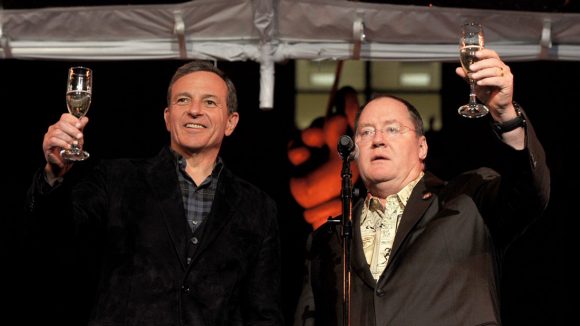

Photo: Disney/Pixar
Iger specifically expresses that the memory still angers him 45 years later. And he later discusses an awkward #MeToo situation involving John Lasseter in a similar light. The leader of Disney dislikes people who leverage power to diminish underlings and make them physically/emotionally uncomfortable. These anecdotes explain a great deal about Disney’s business model of tolerance and acceptance.
Let’s Talk Disney
While I was captivated by the early days of Iger, I understand that most of you care the most about the Disney stuff. Don’t worry! There’s plenty of that.
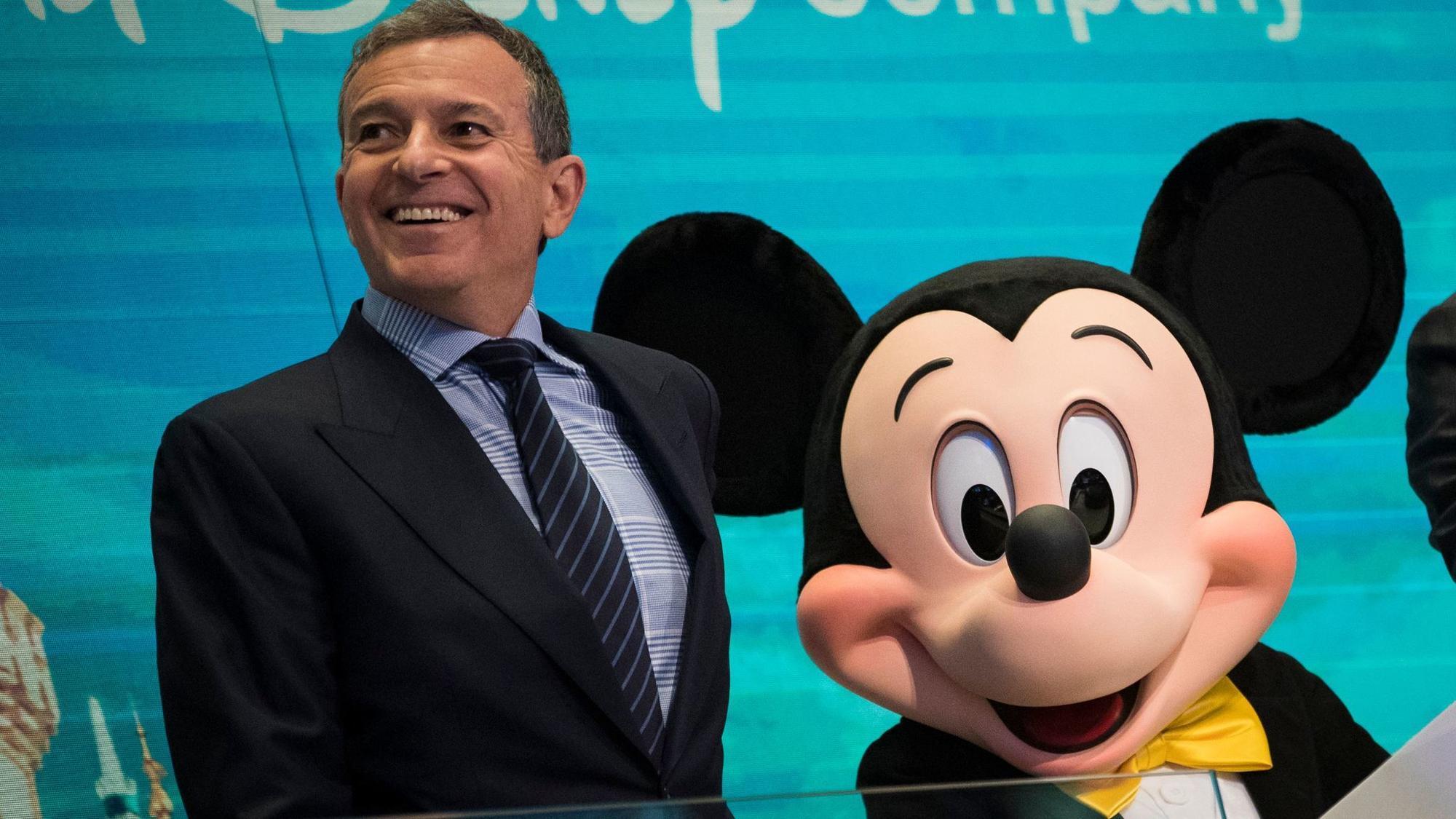

On page 35 out of 247, Iger becomes a Disney employee. It’s an unlikely turn of events involving a corporate acquisition, something that has become a staple of the man’s business career. However, it was Iger’s company that got swallowed on this occasion.
Thanks to kind words from his bosses and a strong industry reputation, Iger suddenly became the head of ABC Entertainment. Unknowingly, he’d prepared for this job for his entire career.


This section of the book won’t dazzle theme park fanatics, but the new President of ABC does offer several fascinating anecdotes about the development of a television schedule. The executive reveals how he caught lightning in a bottle with Twin Peaks and Who Wants to Be a Millionaire, only to screw up both. To the man’s credit, he’s remarkably forthcoming about his failings throughout his career.
The other story from this early proves that you’ll see the same people on the way up as the way down. As head of ABC, Iger has become Arledge’s boss. The President ambitiously attempts to broadcast live from every time zone at the start of the new millennium.
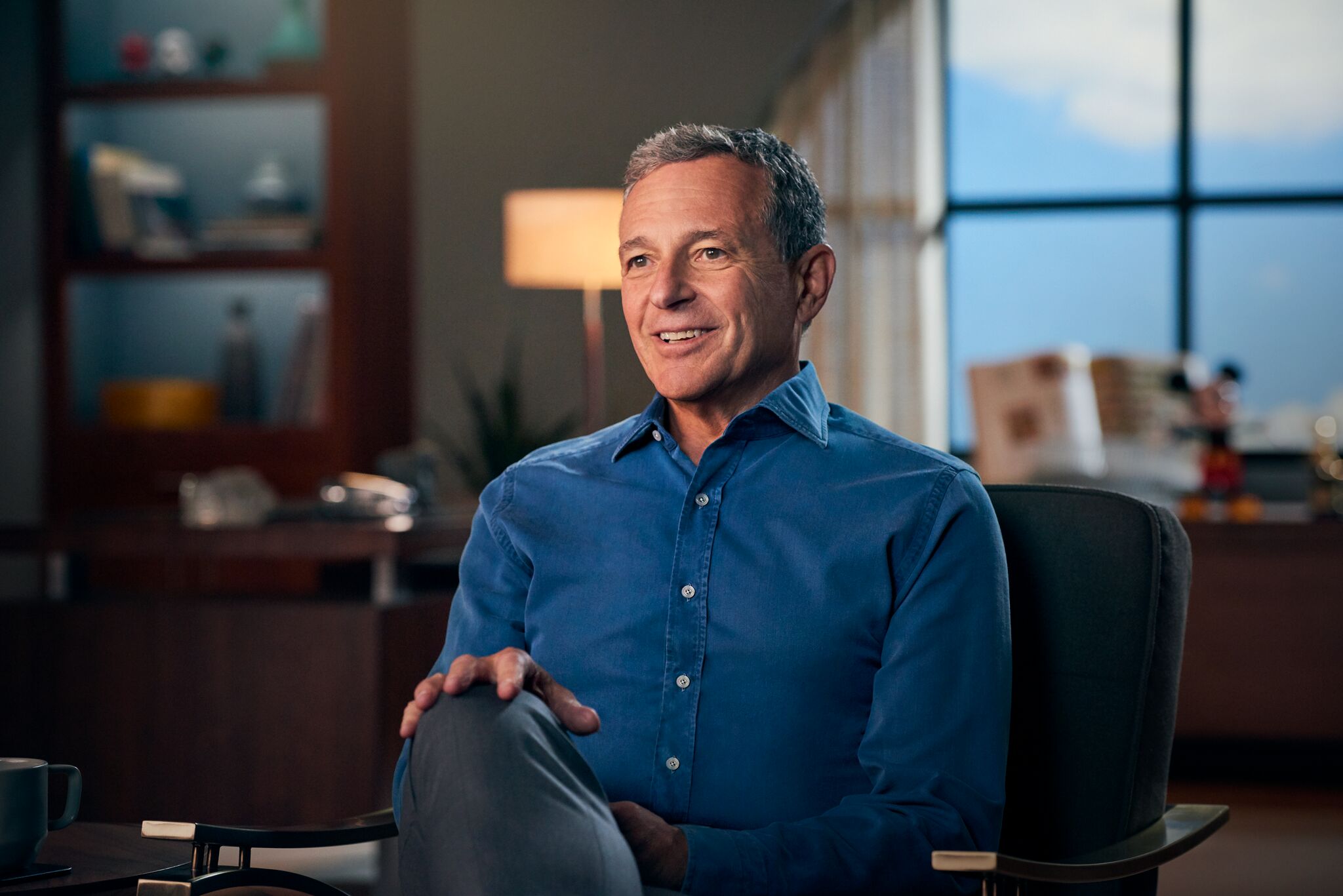

Photo: Masterclass
Arledge had to honor his former underling’s wishes, although he despised the idea. The dynamic between the two men had shifted, and the television legend resented that fact. Somehow, the millennium live cast became the fitting capper to Arledge’s Television Hall of Fame career. And it proved Iger’s belief that any good idea is worthy, independent of who comes up with it.
The Three Goals for Disney
Michael Eisner is the Disney CEO who selects Iger to run ABC. Later, Eisner promotes him to President and COO (Chief Operating Officer) at Disney. Despite this promotion, Iger has little to do with running the theme parks. Eisner shields him from these responsibilities, which oddly works to Iger’s favor in the end.


When Roy E. Disney turned on Eisner, a war for the future of Disney began. Iger recounts the steps he undertook to become Eisner’s replacement.
They fly in the face of conventional wisdom that Iger was always the likely candidate to become the next boss. And the man sounds pretty salty about some of the hoops he had to jump through along the way.
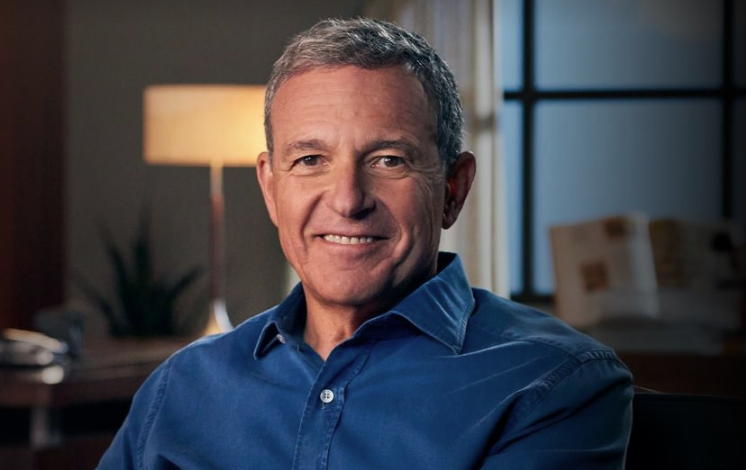

Once Iger became CEO, he felt pressure to make a quick impact. Disney was in turmoil at the time, and outsiders eyed the company as a potential takeover target. He needed to secure the business as quickly as possible. To do so, Iger developed three principles or priorities at Disney.
- Exceptional Creative Content
- Global Expansion
- Innovation
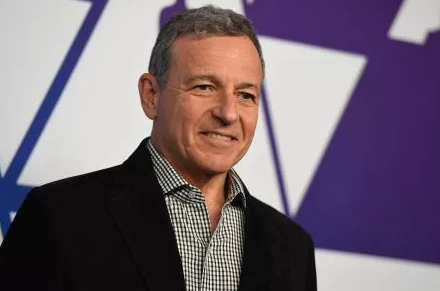
Implementing Iger’s Beliefs
The remarkable part of this revelation is that we can trace all of Disney’s decisions over the past 15 years to these three guidelines. The focus on creative content stems from Iger’s belief that Disney had hit a creative dry spell at the turn of the millennium. Their animated misfires caused a vacuum.
Iger corrected this issue by purchasing Pixar, a company that was on the outs with Disney at the time. The new CEO won over Steve Jobs and thereby secured a near-impossible deal. Later, he acquired Marvel and Lucasfilm for the same reason. All of the characters and stories enriched Disney’s content library.
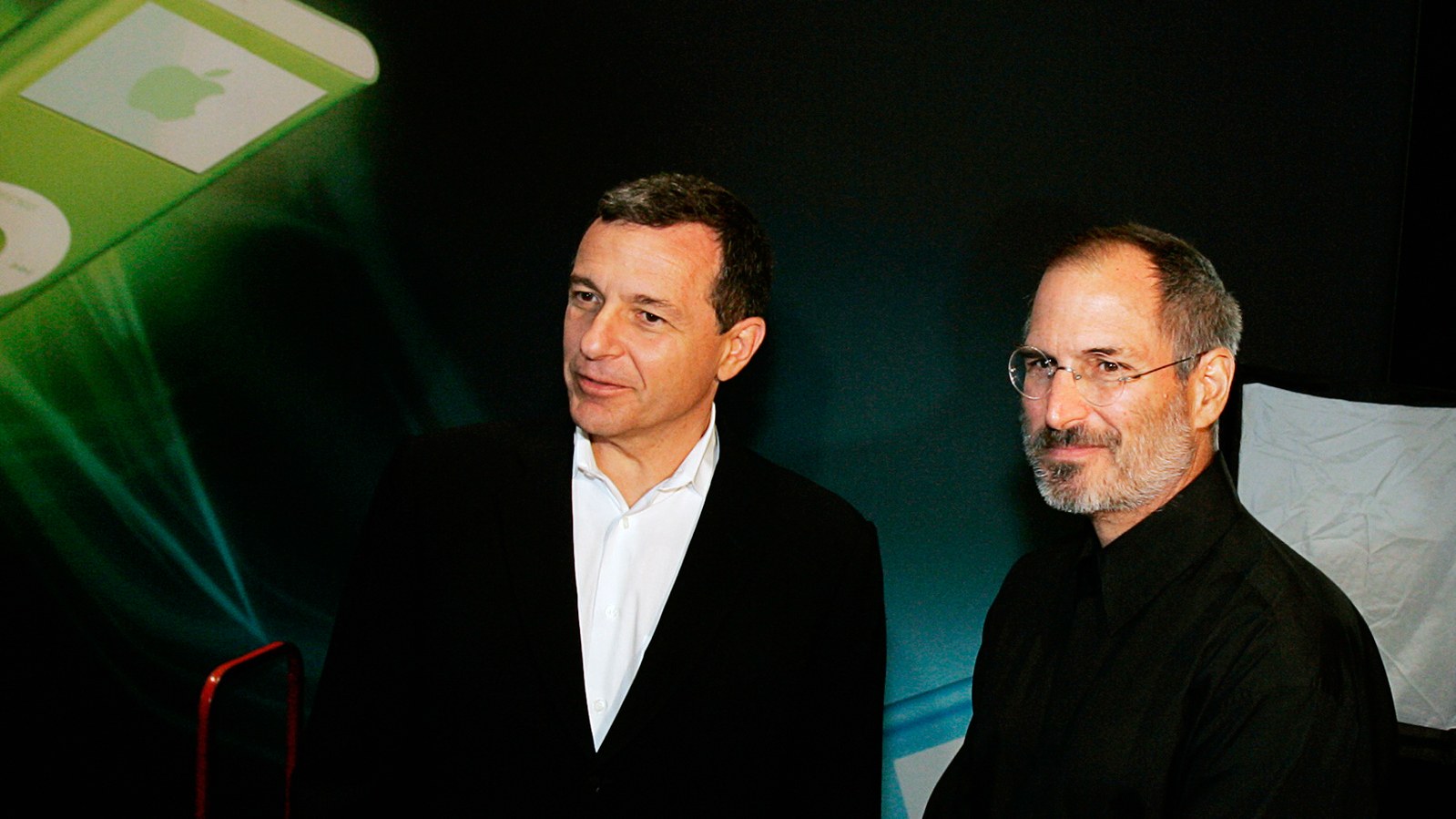

Image: Vanity Fair
Next, Iger prioritized global expansion. During his tenure, Disney added theme parks in Hong Kong and Shanghai, the latter of which has become the most successful new theme park of the 21st century.
Iger also purchased assets that built Disney’s brand overseas. The impact of this decision resonates to this day, as the company’s box office dominance owes a great deal to international ticket sales.
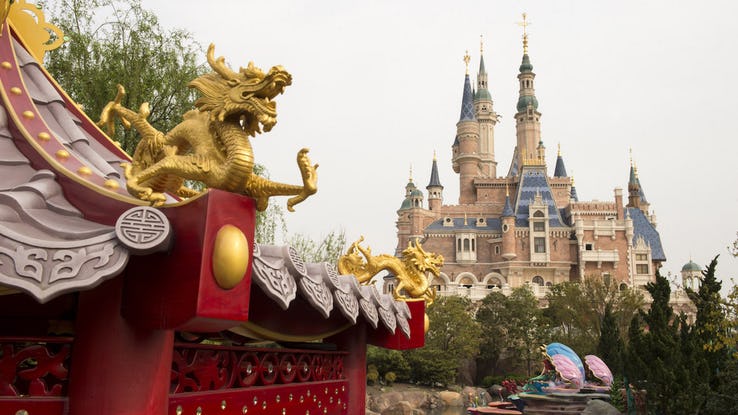

One of those assets ties back to Iger’s other belief about innovation. He recognized the Innovator’s Dilemma at play with numerous cross-industry corporate collapses. The fledgling CEO feared the same could happen at Disney. So, he encouraged new enterprises, one of which was the acquisition of BAMTech, the technology that powers Disney+. And yes, that’s the other major innovation.
Remarkably, Iger’s final major endeavor embodies all three of his principles. When Disney acquired most Fox assets, the company gained exponentially more creative content. It also added new innovations, including Hotstar, a technology that has become a wildly popular streaming service in India. And that move thereby aids Disney’s global expansion. Iger’s vision for the future of Disney is one that he has carried out with military precision.
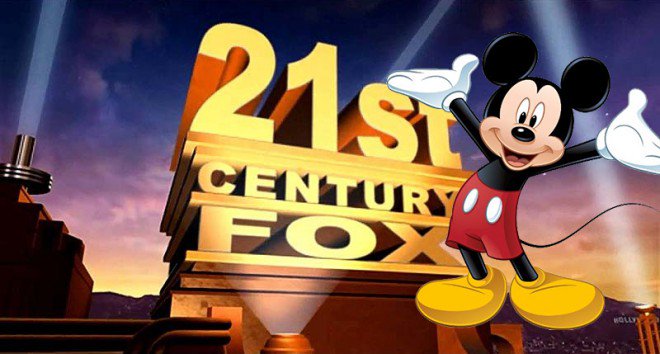
A Hint at Iger’s Successor?
We’re all reading the tea leaves about who will replace Robert Iger as the next CEO at Disney. It’s a guessing game for now. However, these memoirs may hold a key, at least about whom the current boss would favor.
Bob Chapek, the Chairman of Disney’s Parks, Experiences and Products division, receives a mention at the start of the book. During the preface, Iger recounts a problematic situation from his tenure.
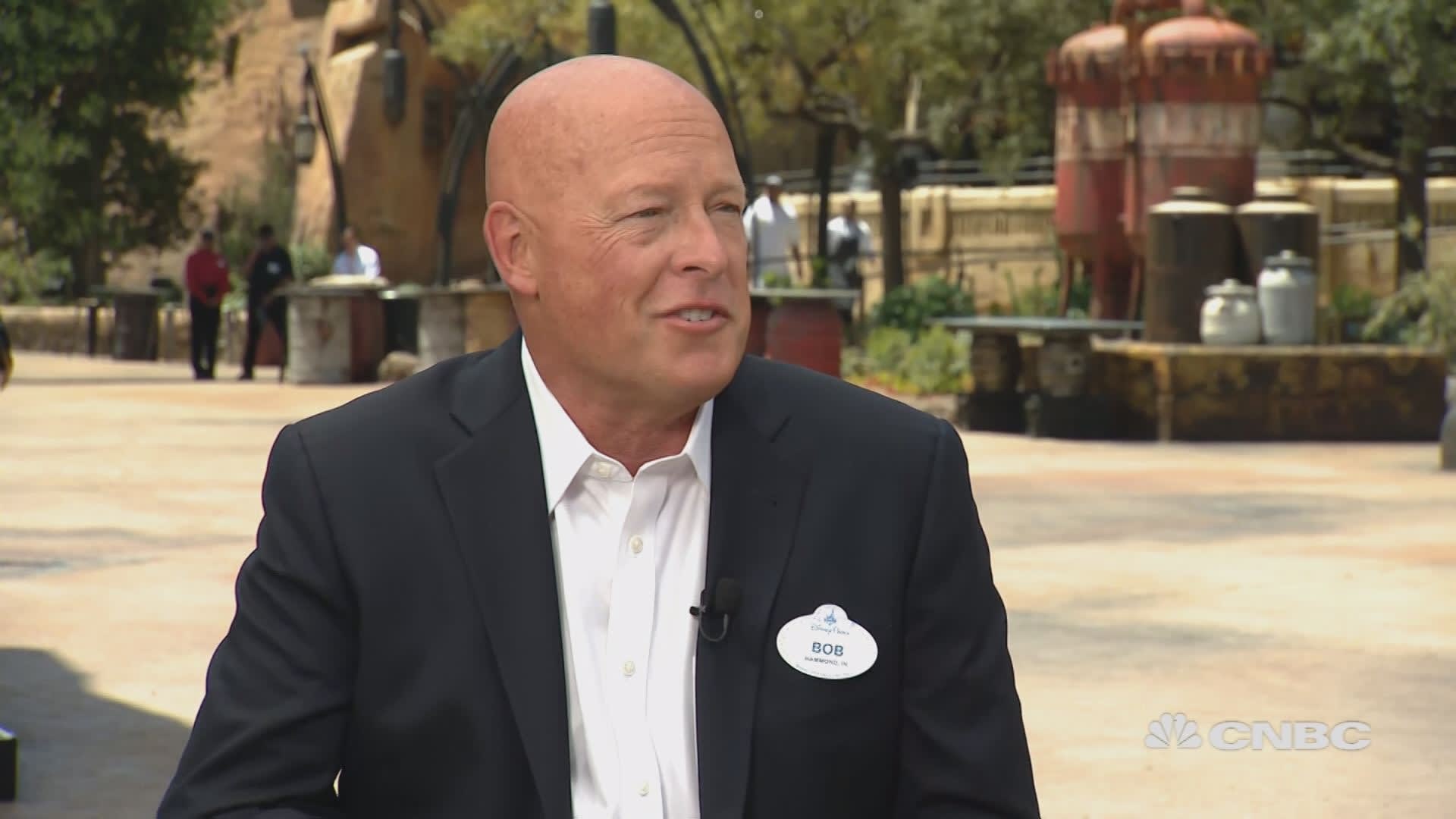

Photo: DNBC
On the day that Shanghai Disneyland would open, a shooting occurred at an Orlando, Florida, nightclub. Chapek had joined Eisner on the trip to China, and so he receives a few mentions here. Throughout the rest of the book, Chapek’s name doesn’t come up again, save for a mention in the Acknowledgements, along with several other former co-workers and employees of Iger.
Conversely, the current CEO goes out of his way to credit Kevin Mayer, the Chairman of Direct-to-Consumer and International on several occasions. A digital book search reveals that Mayer comes up 12 times in the autobiography plus another time in the Acknowledgements. All of these instances involve Iger praising Mayer’s business acumen.
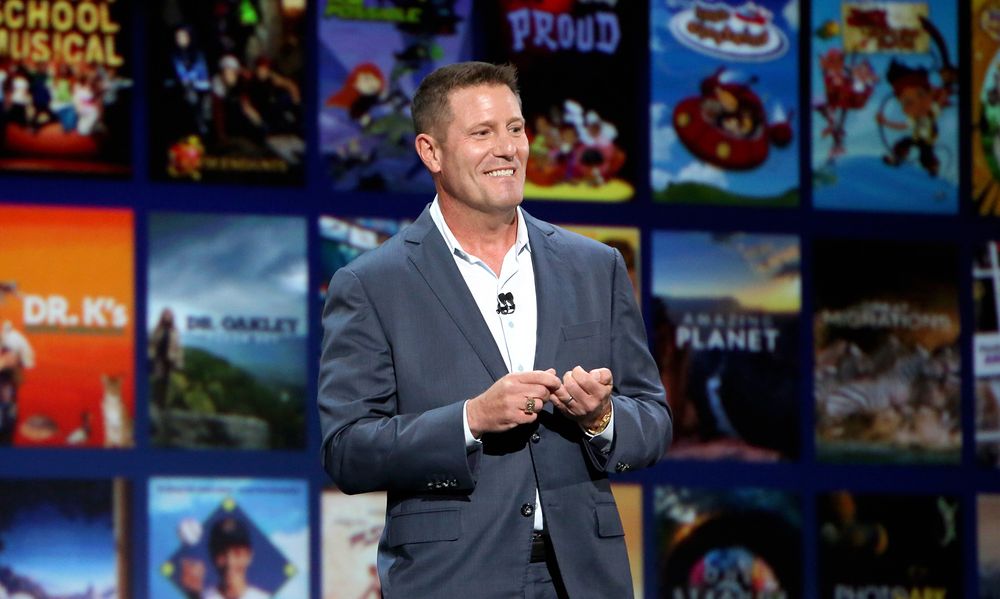

Photographer: Jesse Grant/Getty Images for Disney
I’m not sure how much say Robert Iger will have in choosing his replacement. However, he’s clearly got a candidate in mind. If it’s up to Iger, Mayer will get the gig.
Final Thoughts
I mentioned Slumdog Millionaire earlier as an analog to Iger’s career. He went from knowing no one in television to learning the feeling of being on the lowest rung at a studio. Then, he learned from the best, a mercurial legend that Iger both loved and hated. From this relationship, Iger learned the importance of treating everyone with courtesy.


Relationship-building based on decency enabled the television worker to survive and flourish under new ownership. Then, his knowledge of presenting spectacle television helped him prioritize shows like Twin Peaks and Who Wants to Be a Millionaire, the latter of which inspired Slumdog Millionaire.
Once Iger earned the title of the leader of The Walt Disney Company, he emphasized three strategies for securing the company’s foundation. The memoirs demonstrate a practical implementation of these ideas in several detailed examples, starting with the Pixar acquisition. It’s a gripping tale that Disney fans and business-minded readers alike will relish.


Of course, not everyone likes to read books these days. To those of you who aren’t enthusiastic about the idea, I’ll suggest a quicker solution. After the story ends, The Ride of a Lifetime adds 15 pages of business and leadership philosophies. Even if you have no intention of reading the entire book, you should go to a library/book store and study those pages. They’re invaluable and brimming with hard-learned wisdom.


